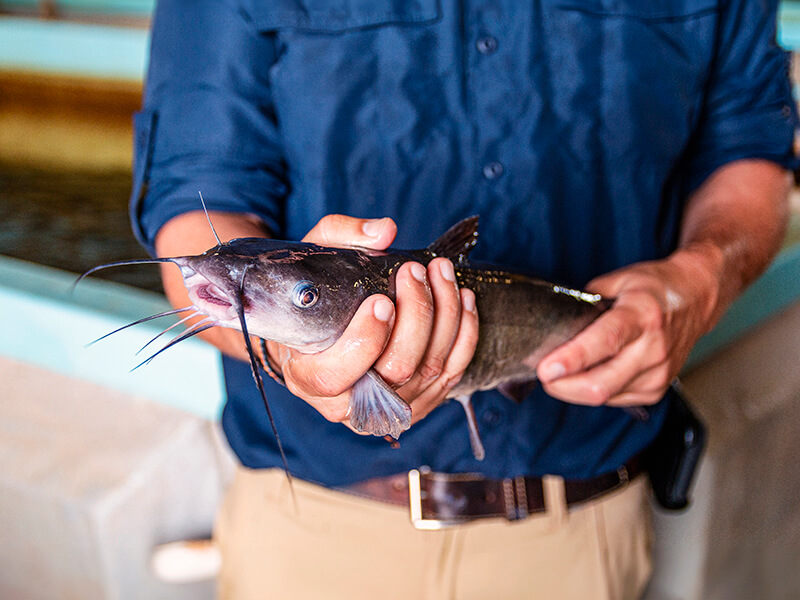
Aquaculture Adventures
Students investigate a variety of aquaculture food products, discover how and where they are grown and raised, and explore their nutritional benefits.
The National Agricultural Literacy Curriculum Matrix is a free database of standards-based lesson plans and resources for K-12 educators that use agriculture as a lens for teaching science, social studies, career and technical education, and nutrition.

Students investigate a variety of aquaculture food products, discover how and where they are grown and raised, and explore their nutritional benefits.

Students explore pecan production from farm to fork, simulate the process of grafting, and create a nutritious snack.
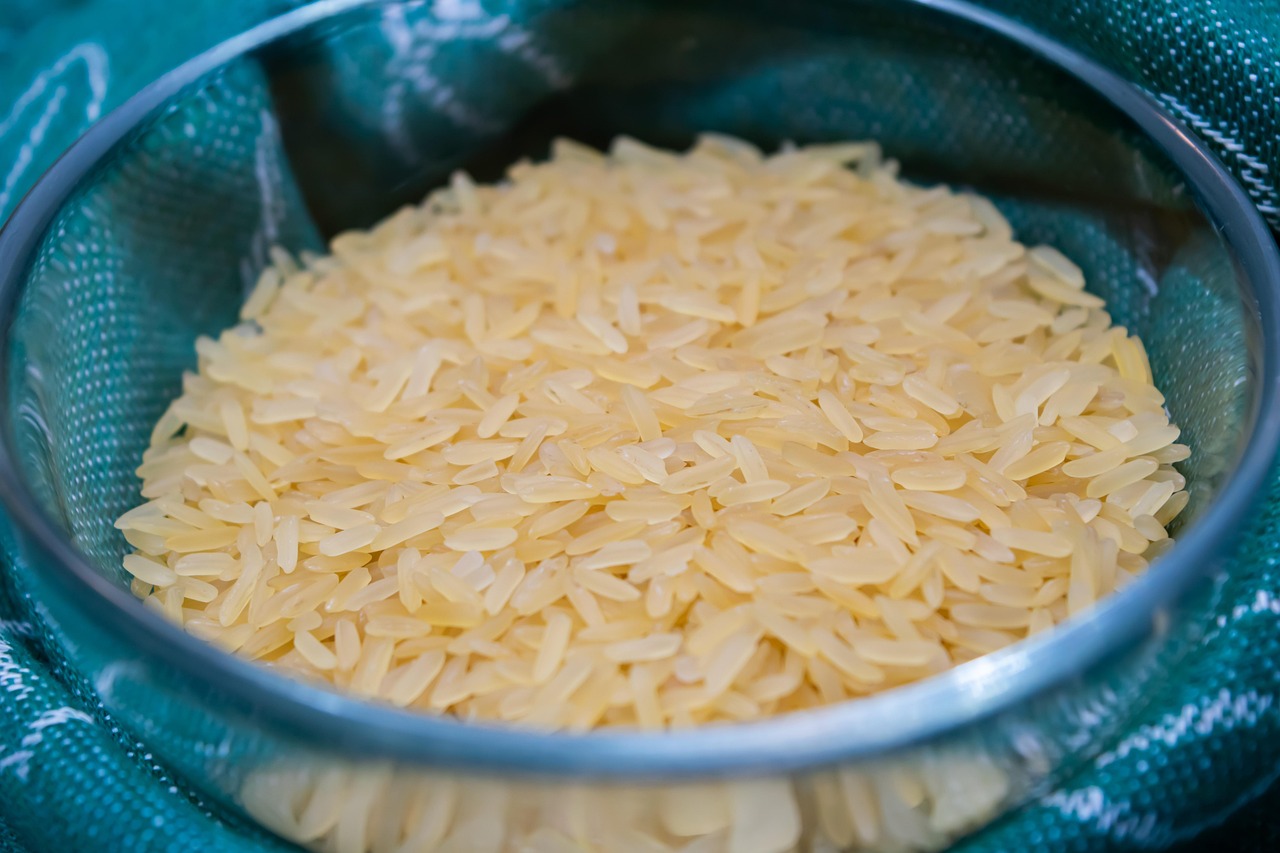
Students investigate the cultivation and identify the parts of rice by reading One Grain of Rice by Demi and removing the hull, bran, and germ from grains of rice.
Students investigate a variety of vegetables, discover how and where they are grown, and explore their nutritional benefits.

Through project-based learning, students will develop and manufacture a unique and nutritious food product that includes ingredients that have been sourced locally and can be served in retail outlets or the school cafeteria.
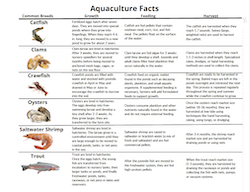
This three-page informational sheet describes the processes of how aquaculture food products are grown and harvested, how they get from the farm to the store, and nutrition facts. Words and graphics are used to portray this information for catfish, clams, crawfish, oysters, saltwater shrimp, and trout. Print your own or order a set of 30" x 8" printed charts from agclassroomstore.com.
Students discover the needs of a seed to germinate and the needs of a plant to grow while exploring the life stages of a flowering plant.
Students explore appropriate serving sizes and determine how to make healthy dietary decisions by identifying the components of nutrition as illustrated by MyPlate.
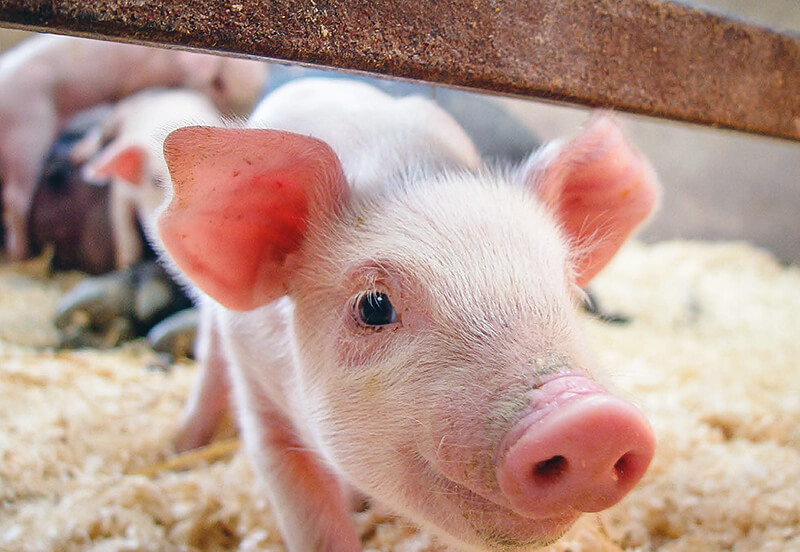
Students investigate six major livestock species, discover that animals need air, space, food, water, and shelter to survive, explore the life cycle of a farm animal, and identify the products each farm animal produces.
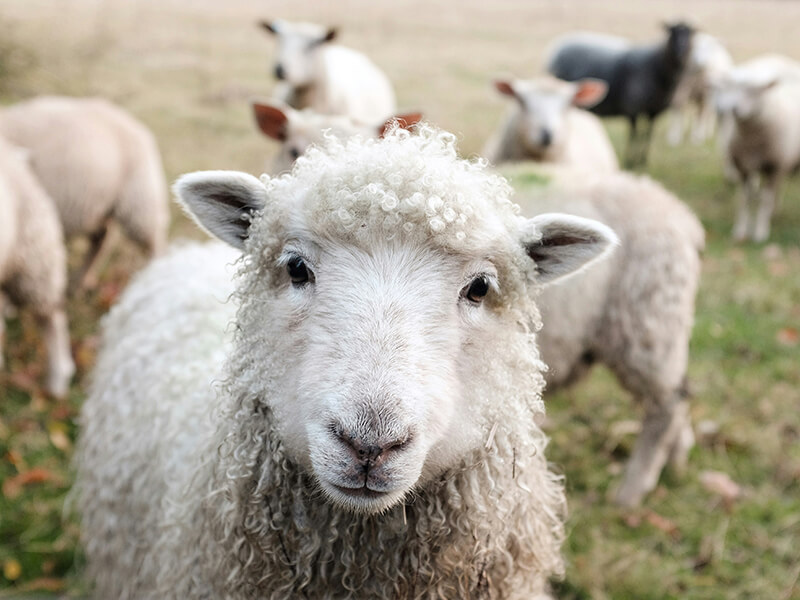
Students explore the process of making wool into cloth.

Students identify the structure and function of six plant parts and classify fruits and vegetables according to which parts of the plants are edible.
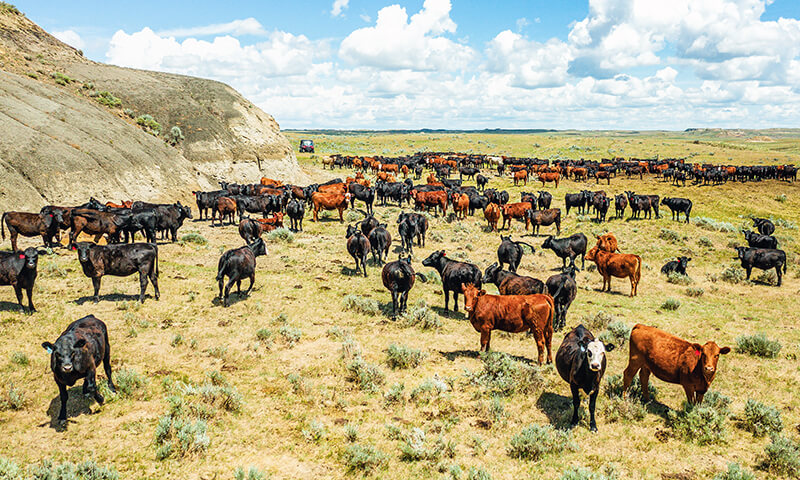
Students explain the value of the beef cattle industry, including the products cattle produce, the production process from farm to plate, and how cattle can utilize and obtain energy from grass and other forage.
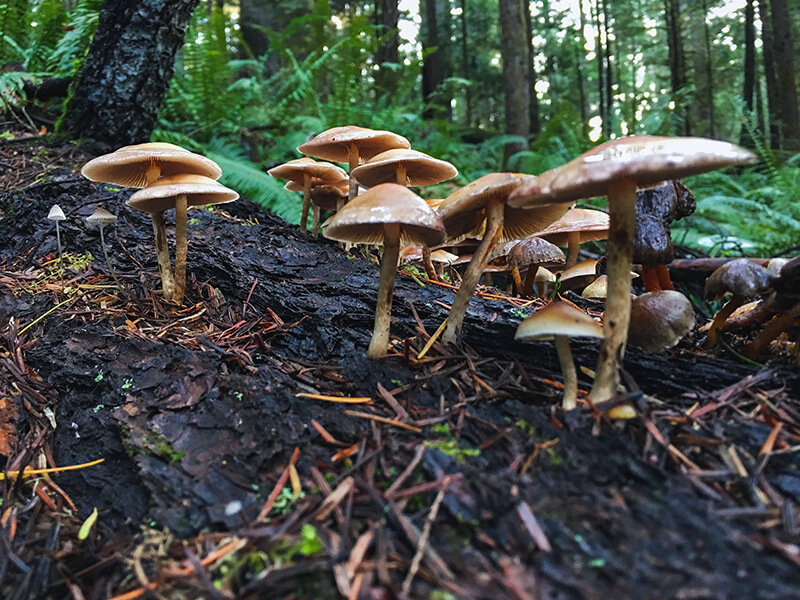
Students compare the differences between natural and managed ecosystems and describe ways in which farmers can protect agricultural ecosystems.
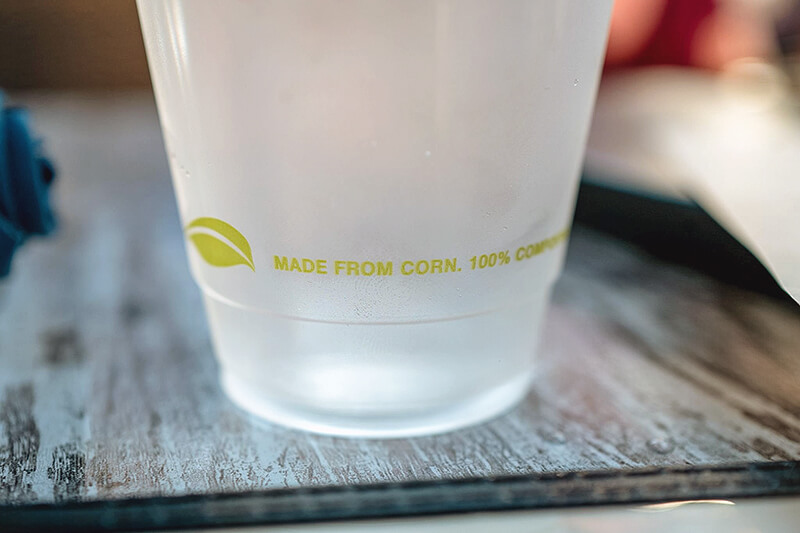
Students examine the growth, composition, history, and uses of corn through a close reading activity, discussion of renewable and non-renewable resources, and hands-on exploration of bioplastics made from corn.
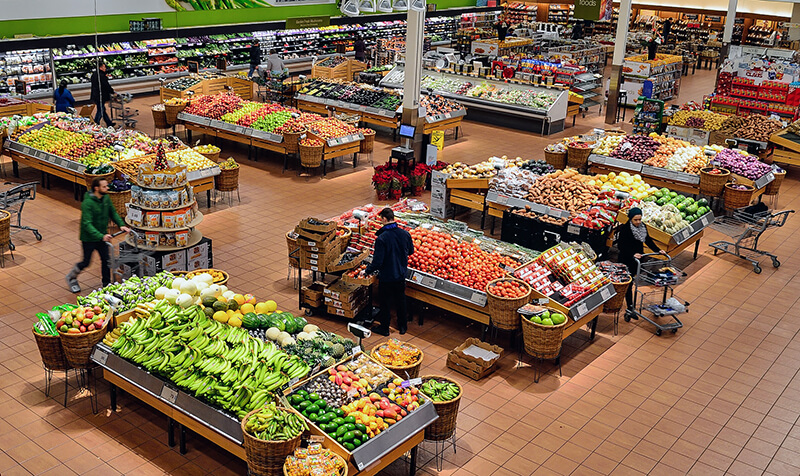
Students explore different cultures around the world, compare worldwide communities with local communities, and explain the interrelationship between the environment and community development.
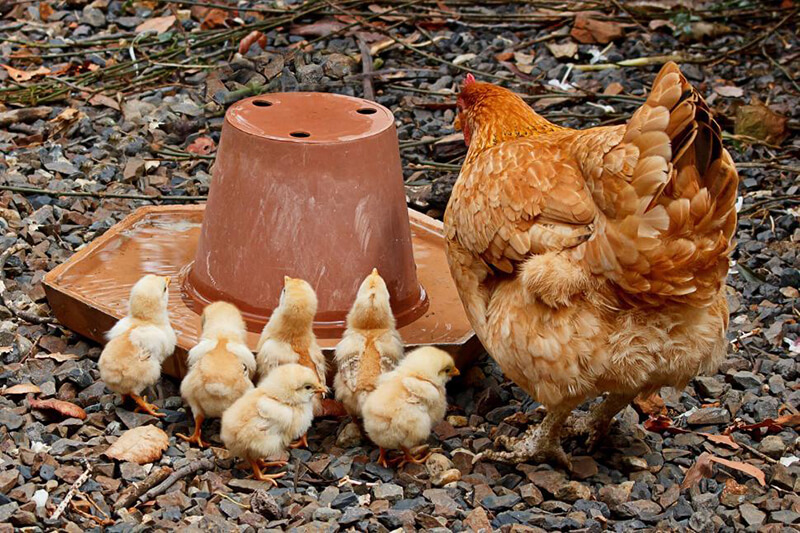
Students identify different breeds of chickens, examine physical characteristics, and determine the stages of a chicken's life cycle.
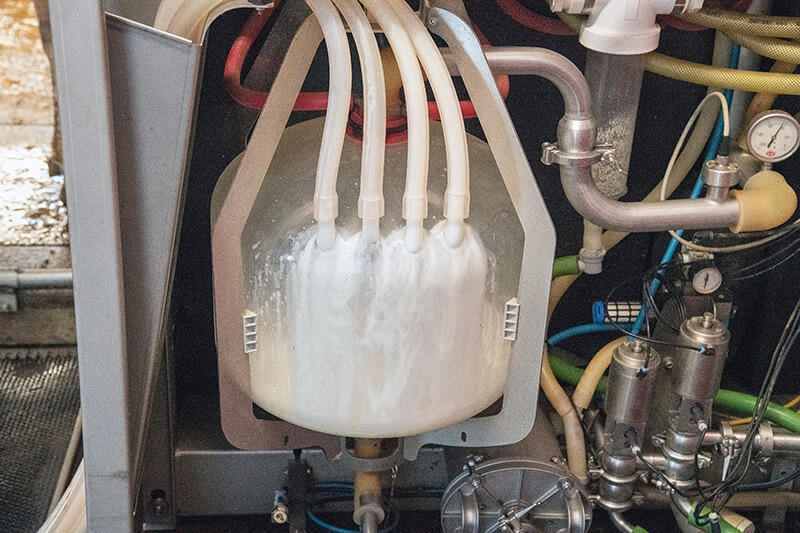
Students will explore milk production in the United States and explain the benefits of homogenization, pasteurization, and fortification of milk.
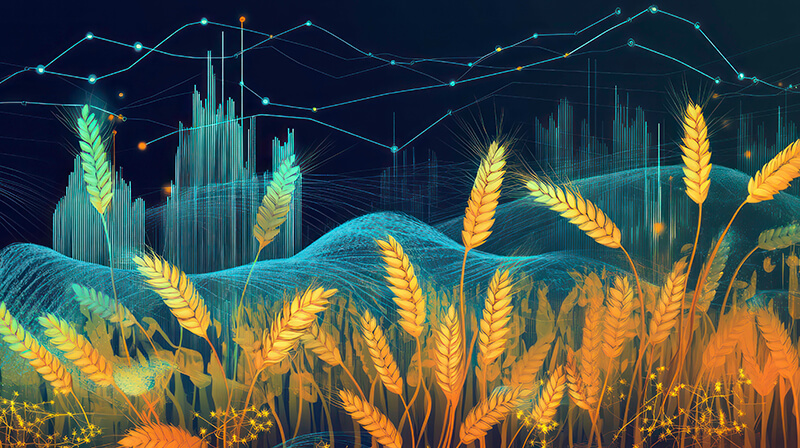
Students will demonstrate understanding of the importance of the relationship between producers and consumers by explaining how agricultural supply and demand affects commodity prices.
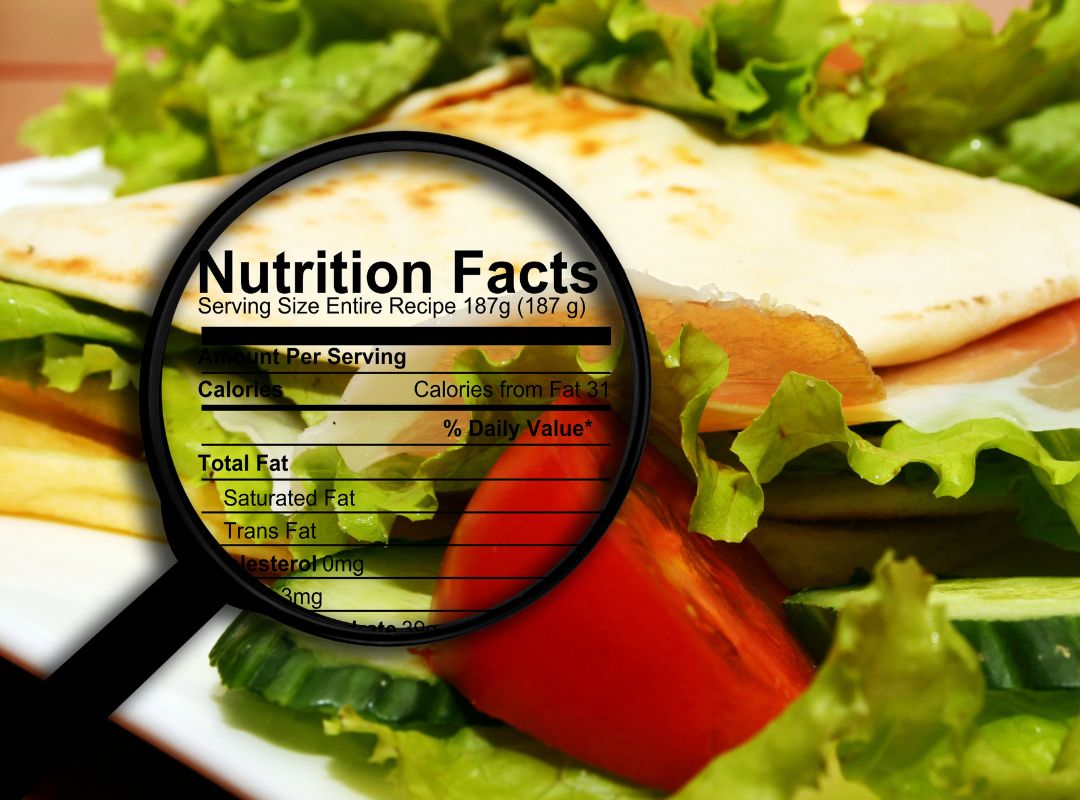
Explore the features of the Nutrition Facts label with a focus on protein, analyze serving size, and make a Nutrition Facts label for a smoothie.

Students will gain a broad understanding of the types and sources of different fibers, examining their origins and observing their differences. Activities in this lesson include examining clothing and clothing labels and observing how different types of fabrics burn.
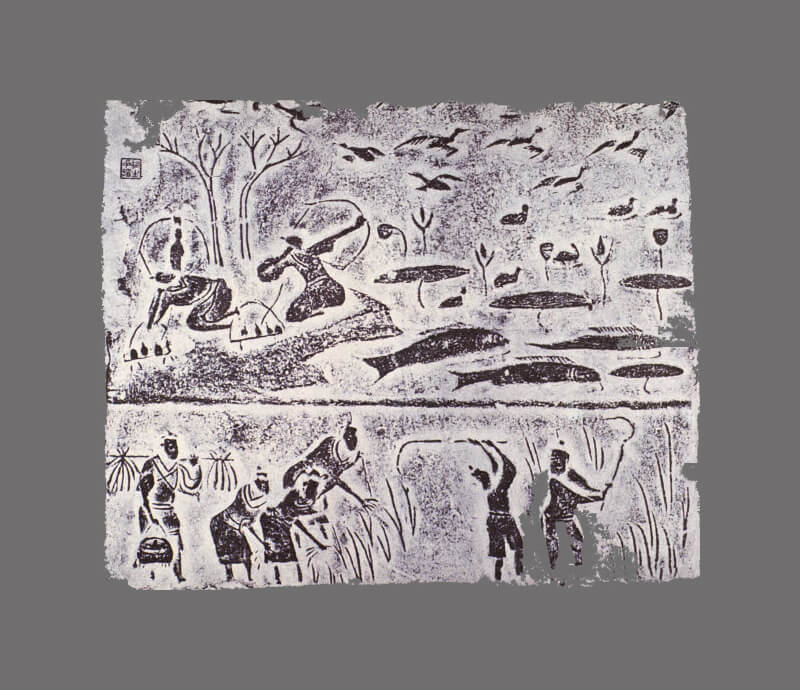
Students will participate in a foraging activity, gaining perspective on how scarcity of resources can affect well-being and how agriculture provides the benefit of a steady, reliable food supply. Then they will read about hunter-gatherers and early agriculture and use maps to explore how geography affected the development of early civilizations.
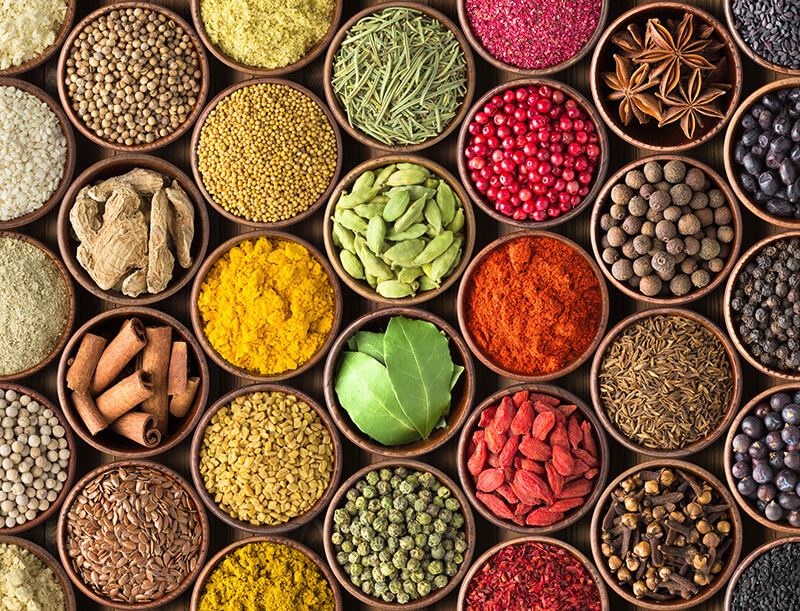
In this lesson students will recognize the difference between a spice and herb, learn how herbs and spices are grown on farms around the world, and participate in a culinary challenge to season popcorn for various cultural cuisines.
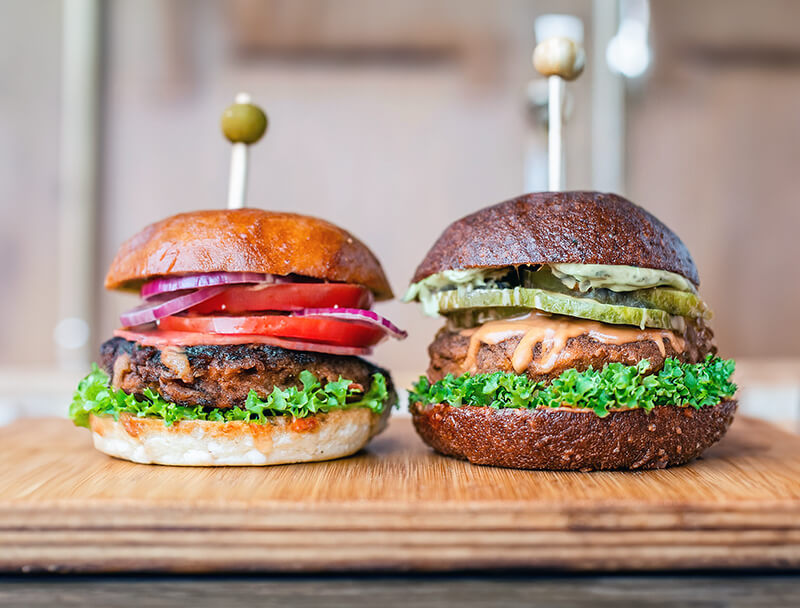
Students compare the components of beef and plant-based burgers by determining the production and processing methods of each product; evaluate the ingredients and nutritional differences between beef and plant-based products; and discuss different points of view in the agricultural industry concerning plant-based proteins and traditional beef. This lesson covers a socioscientific issue and aims to provide students with tools to evaluate science within the context of social and economic points of view.
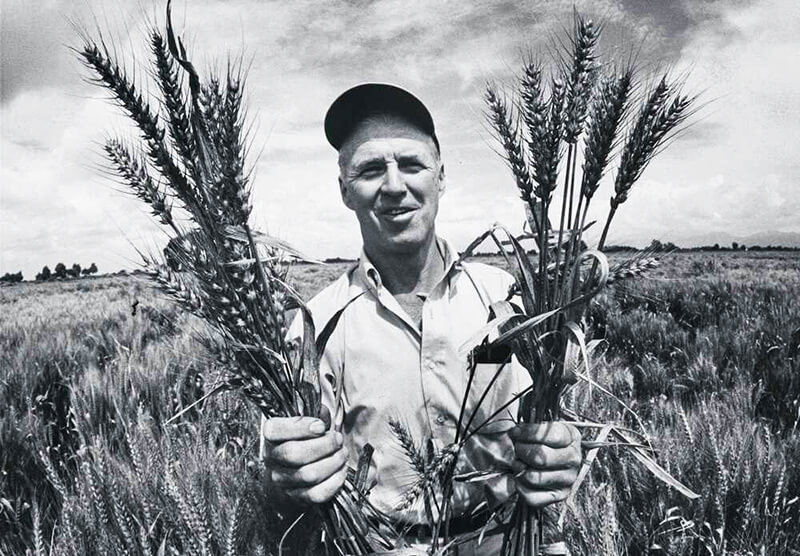
Evaluate the agricultural advances of the Green Revolution, discover the contributions of Norman Borlaug, and discuss the impacts of this era from an economic, social, political, and environmental perspective by watching the 2020 PBS film, The Man Who Tried to Feed the World.
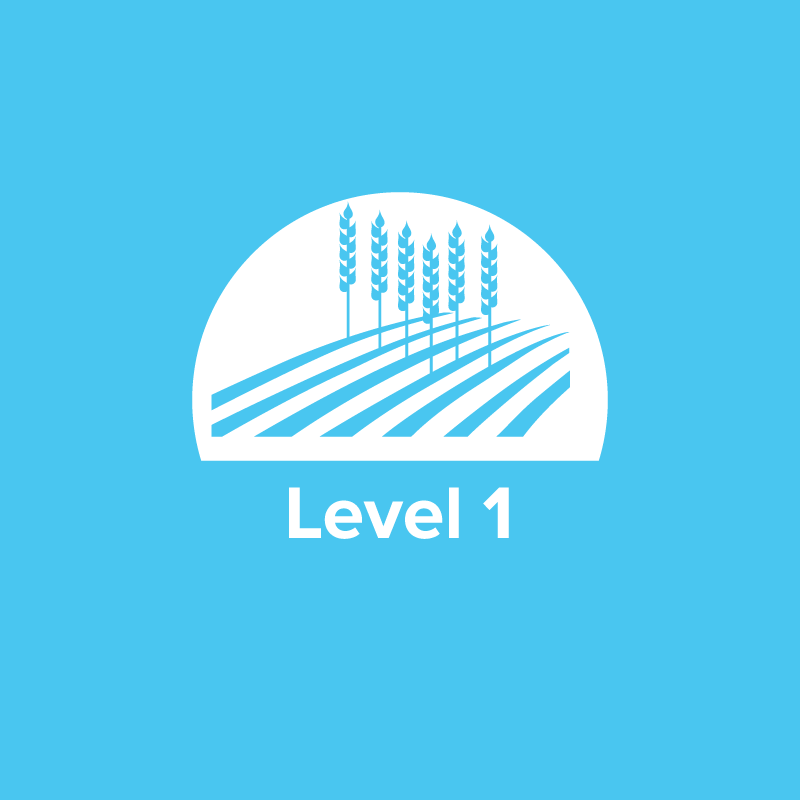
Students will explore the question, “How will we sustainably feed nearly 10 billion people by the year 2050?” as they discover what sustainable agriculture is and how it is critical to securing a stable food supply and future for a growing population.
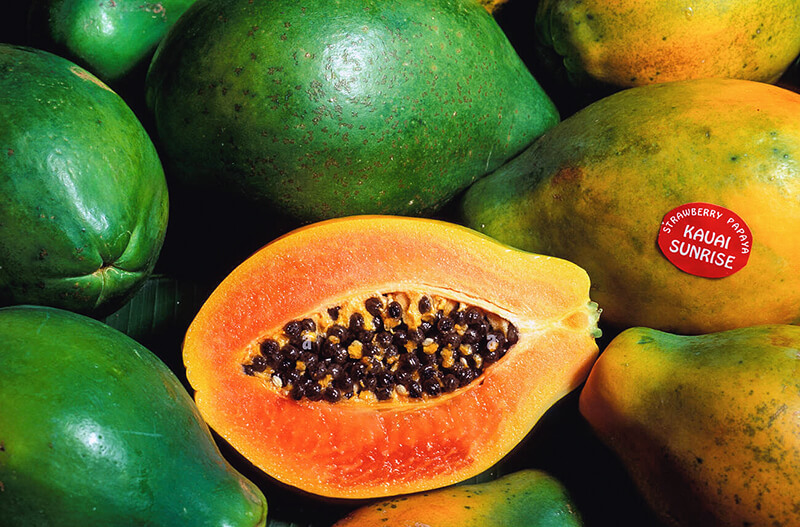
While many view bioengineered crops (GMOs) as a promising innovation, there is controversy about their use. This lesson provides students with a brief overview of the technology, equipping them with the ability to evaluate the social, environmental, and economic arguments for and against bioengineered crops (GMOs). This lesson covers a socioscientific issue and aims to provide students with tools to evaluate science within the context of social and economic points of view.
Let us know if you have an idea you'd like to share for a new lesson plan or companion resource.
Download a CSV spreadsheet containing the vocabulary words used in the Curriculum Matrix.